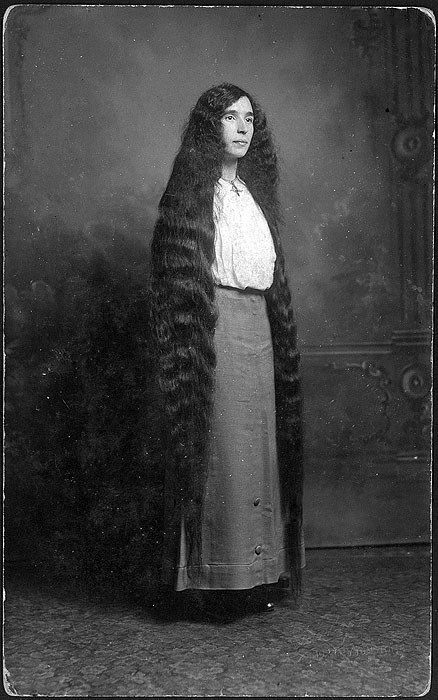
.jpg)
Photographers would combine images by cutting and pasting them into one final picture, making them look as if they were originally taken this way. Well, they used different negatives from other pictures. Being drawn to the macabre and unknown, these artists also offered other kinds of editions that included dwarves, giants, and flying spirit photographs (photos of people floating in the air). The result ended in gaining a little extra money by taking photos of apparently dead people. Hence the obsession with death and the afterlife.Īnd when the time came to get creative, Victorian photographers couldn’t help but be deeply influenced by this huge death culture. Since no one could fully understand what death entailed, people became quickly interested in it. Even little kids had to witness gruesome death scenes on a daily basis. They were practically surrounded by death. But really, could you blame them? At that time, modern medicine didn’t exist, and people died a lot more often than now. Far from wanting to die or romanticizing death, they praised it, developing a culture and special rituals around this phenomenon (emo doesn’t sound that bad after all, right?). During the second half of the nineteenth century, people were fascinated with death, not in the emo kind of way, though. To understand this a little better this matter, we would have to go back in time, right in the Victorian era, to experience death and other eerie topics the way they did. But then again, why on earth would they want to try out headless photos? And we thought our Photoshop game was strong.

There was a very limited number of things you could do while doing portraits at that time. Deep down, experimenting with photography was destined to happen at some point. While working with the pictures’ negatives and experimenting with “cut and paste” techniques, photographers found out that taking a photo was just half the fun. Nevertheless, the lack of modern editing programs didn’t stop these artists from experimenting and exploiting their own creativity.


 0 kommentar(er)
0 kommentar(er)
